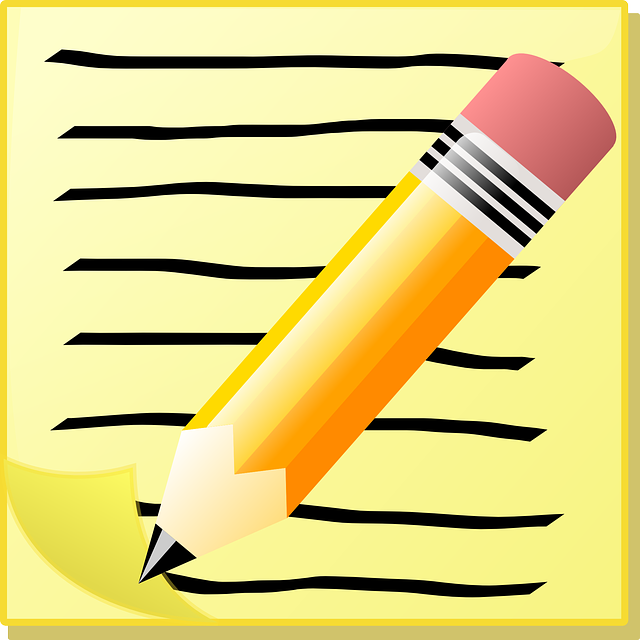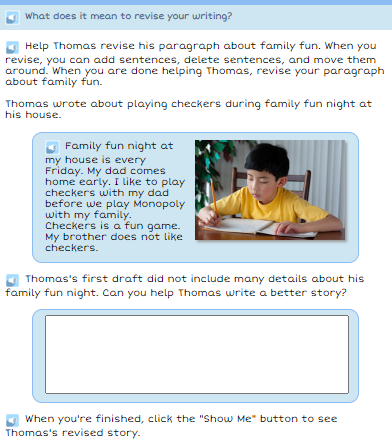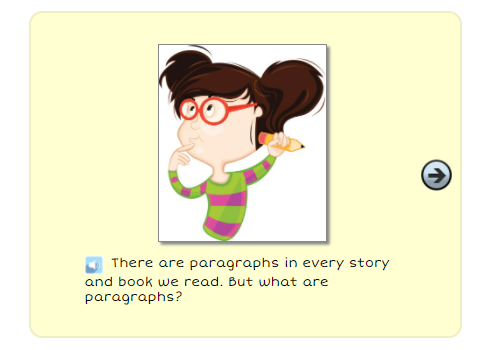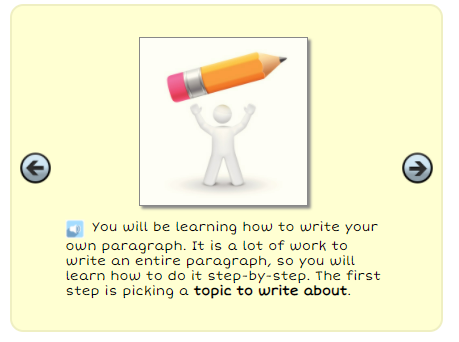Understanding Writing
What is Writing?
Writing is a form of communication using written words.
How is Writing Taught?
Writing is incorporated throughout each lesson as students learn about sentence and paragraph structure, different types of writing, and the steps in the writing process.
Examples of how writing is taught in the K-3 Language Arts courses are below:
Explicit Instruction:
Students will meet with their teacher in synchronous sessions. The teacher will use a scripted PowerPoint to explicitly teach the skills being taught for each module, this includes writing. A sample of a scripted PowerPoint is below. In the Language Arts 2A Module 1 Powerpoint, students are taught to revise their writing by checking their sentences, the teacher runs through a checklist of things to check.
Language Arts 2A Module 1 Synchronous Session
Another example of explicit instruction is through videos within each lesson. A sample video from Language Arts 2A Module 2 is below:
Interactive Self Check Activities:
In addition to explicit instruction, writing is also taught through interactive self-check activities within the lesson. These activities provide students with practice and immediate feedback. One example of an interactive self-check activity is in the image below.
Reading Text
Students also learn about writing through reading text within the lesson for example, in the first-grade lesson below about how to write a paragraph.
How do students practice Writing?
Students practice their writing skills through interactive self-check activities as shown above and also through assignments. An example of a writing assignment is below.
How is Writing Assessed?
Writing is assessed based on the finished published piece of writing the student has completed. A sample writing rubric is below:
Rubric
| Meaning (5) | ||
|---|---|---|
| The reader cannot find the one topic of the writing. | Reader can understand some of the writing. | The reader can understand all of the writing. |
| Focus (5) | ||
| Reader cannot find the one topic in the paragraph. | Some of the writing stays on one topic. | All writing stays on one topic. |
| Voice (5) | ||
| No voice can be heard and there is no emotion in the writing. | Most writing has a distinct voice and there is some emotion. | All writing has a distinct voice. |
| Vocabulary (5) | ||
| Writing has two or less pieces of specific vocabulary. | Writing has three or four more pieces of specific vocabulary. | Writing has five or more pieces of specific vocabulary. |







